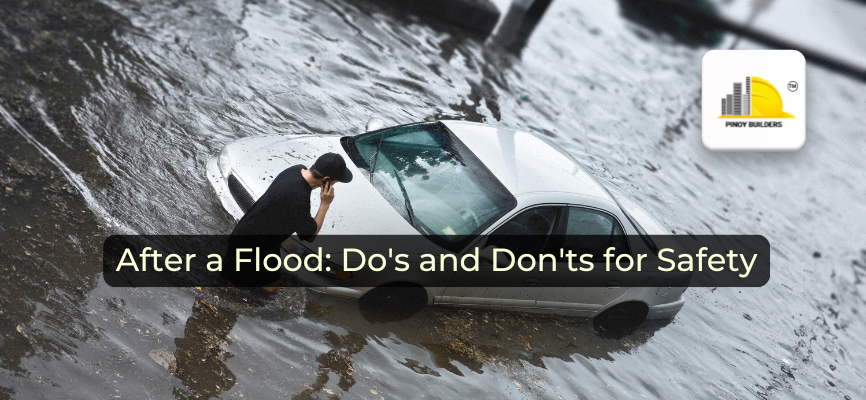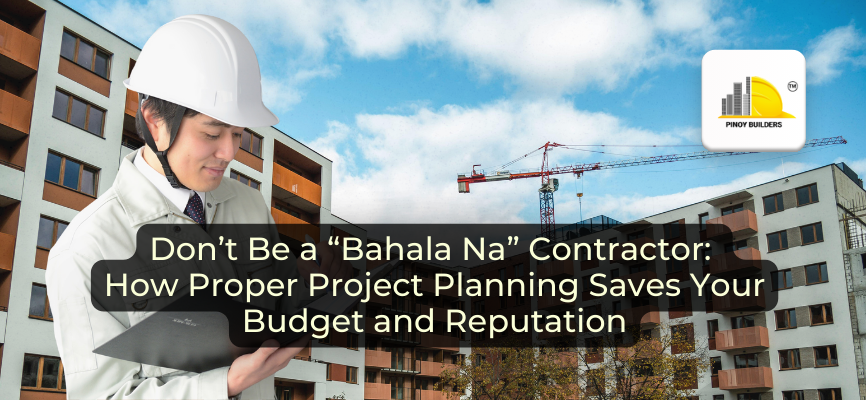Floods are one of the most devastating natural disasters, causing extensive damages to property and posing serious risks to personal safety and health. After a flood, taking the proper steps is necessary to safeguard your well-being and that of your family. Recovery is often a prolonged process that can deplete local resources. It’s essential to ensure that drinking water is safe, inspect buildings for structural damage, and address mental health needs to cope with the aftermath of the disaster.
Recently, the Philippines experienced Super Typhoon Carina, which brought heavy rain and strong winds across the country. This storm has caused disruption and damages, highlighting the need for preparedness during typhoon season and the ongoing efforts to manage its impact. Understanding what to do and what not to do after a flood is vital in ensuring safety and minimizing risks to individuals and communities affected by the typhoon.

Immediate Safety Do’s
After a flood, the first thing you should do is check your environment for immediate dangers. This includes looking out for hazards like downed power lines or buildings that might be unstable. These dangers can be very risky, so it’s crucial to keep up with information from local authorities, who will provide updates and safety instructions.
When you go back to an area that has been affected by flooding, it’s important to wear protective clothing and boots. This will help protect you from potential contaminants that might be in the floodwater. Floodwater can contain harmful bacteria, chemicals, and debris, so it’s best to avoid touching the water directly whenever you can.
Immediate Safety Don’ts
Entering your home before local authorities have declared it safe can be very risky. There could be hidden dangers such as structural damage, electrical hazards, or other problems that aren’t immediately obvious. It’s important to wait for official clearance to make sure that the building is actually safe to enter.
Floodwater can cause electrical systems to malfunction, which could lead to fires or electric shocks. Pay special attention to appliances like refrigerators, which might have been submerged or exposed to moisture. Before using any electrical outlets or devices, make sure they are completely dried out and checked by a qualified person.
If your refrigerator has been exposed to floodwater, do not turn it on right away. Start by unplugging the refrigerator to ensure that it is completely disconnected from the power source. If possible, move the refrigerator to a dry area to prevent further water damage. Carefully check the refrigerator for any signs of water damage or mold growth, as these could indicate problems that need to be addressed.
If the electrical sockets that the refrigerator was plugged into were also underwater, it’s essential to have a licensed electrician inspect and clear these sockets before reconnecting the refrigerator.
Health and Hygiene Do’s
Cleaning and disinfecting your home is necessary. Use recommended disinfectants to clean all surfaces. Throw away any food or water that may have come into contact with floodwaters to prevent health risks. This process helps stop the growth of harmful bacteria, which can lead to serious health problems.
Watch out for any signs of illness or infection after a flood. If you notice any symptoms, get medical help right away. Ensure your vaccinations, especially for tetanus, are up to date, as it can be a risk if you come into contact with contaminated water. Keeping your vaccinations current helps protect you from such infections.
Health and Hygiene Don’ts
Floodwater can carry dangerous germs and bacteria, so if you have any open wounds, it’s best to avoid walking through floodwater as it could make your injuries worse. Discard any food, drinks, or medicine that have come into contact with floodwater, as they may be contaminated and could make you sick. If local authorities recommend it, boil water before drinking to kill any germs and ensure it is safe to drink.
Long-Term Safety Measures
To effectively document damage for insurance purposes, start by taking clear photographs of all affected areas, including any structural damage and items that have been waterlogged or destroyed. Be sure to make detailed notes describing each type of damage and the condition of your belongings. If you encounter any significant hazards, such as exposed electrical wires or unstable structures, report these to local authorities immediately to help ensure the safety of your community.
To protect your home from future floods, consider investing in flood barriers and waterproofing measures. Additionally, creating an emergency plan and preparing for potential flooding can greatly reduce both the risks and the impact of such events in the future.
Following safety guidelines can significantly reduce risks during and after floods. Prepare for future floods by familiarizing you and your family with emergency plans. This proactive approach helps you stay prepared and reduces stress during emergencies. Staying informed about safety measures and being prepared can make a considerable difference in ensuring your safety and health during and after natural disasters.
References
Floods. PAGASA. (n.d.). https://www.pagasa.dost.gov.ph/learning-tools/floods
Susquehanna Flood Forecast and Warning System. Before, During and After a Flood. (n.d.). https://www.susquehannafloodforecasting.org/before-during-after.html










